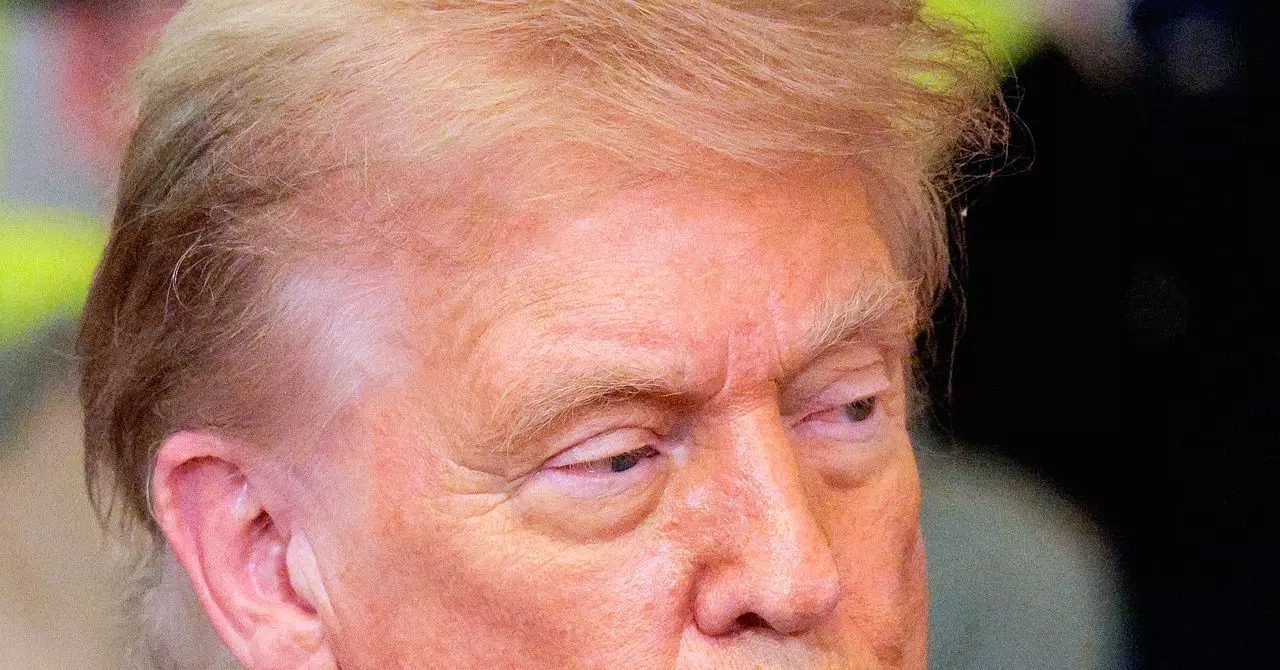The ongoing controversy surrounding the proposed AI moratorium in Congress reveals a profound struggle in defining how society should regulate emerging technologies. Initially envisioned as a decade-long federal pause on state AI regulations, the moratorium was pitched as a way to create a cohesive national framework to manage AI development. However, this hardline approach quickly ran into bipartisan backlash, with opponents from diverse backgrounds—from state attorneys general to far-right lawmakers—voicing concerns. This strong resistance signals that a straightforward freeze on state regulations may not be the right strategy, especially given the complexity and rapid evolution of AI technologies.
The core of the dispute lies in balancing innovation against public safety and civil rights. Proponents, including prominent venture capitalist David Sacks, argue that allowing individual states to enact piecemeal regulations would create a patchwork that stifles innovation and burdens companies developing AI systems. Yet critics worry that a moratorium—particularly one that heavily favors industry interests—could leave citizens vulnerable to harmful AI practices, such as exploitation of children online, biased automated decision-making, or the unauthorized use of personal likenesses.
Political Flux and the Challenges of Crafting Effective Legislation
Senators Marsha Blackburn and Ted Cruz’s recent attempt to recalibrate the moratorium—scaling back the pause to five years and inserting specific carve-outs—reflects the political tug-of-war that AI regulation has become. Blackburn’s wavering position, including her eventual rejection of even the watered-down moratorium, highlights how politically charged and nuanced the issue remains. Her advocacy for protecting the music industry from AI deepfakes shows the real economic stakes tied to AI governance and raises important questions about the limits of federal preemption.
Still, the proposed carve-outs for laws protecting children, intellectual property rights, and preventing deceptive practices are undercut by language preventing these laws from imposing “undue or disproportionate burden” on AI systems. This loophole has alarmed many advocates and experts because it effectively gives AI developers a legal shield against regulatory enforcement. Consequently, the revised moratorium still risks hindering meaningful state-level protections, undermining efforts to hold tech giants accountable.
The Broad Opposition: A Sign of Deeper Issues
One of the more striking aspects of this debate is the broad spectrum of opposition, spanning labor unions concerned about federal overreach to ideological figures warning of a moral hazard for Big Tech. The International Longshore & Warehouse Union’s criticism points to worries about centralizing too much power in Washington without addressing grassroots accountability and worker protections. Meanwhile, voices like Steve Bannon’s underscore fears that tech conglomerates will leverage the moratorium to entrench their dominance before regulators can act.
Moreover, critics such as Senator Maria Cantwell worry that the moratorium’s language could create unprecedented immunity for tech companies. The threat here is not merely regulatory delay but a structural shift in power dynamics—an insidious move to shield AI systems from litigation and public scrutiny at precisely the moment when oversight is most needed. Given AI’s profound societal impacts, from influencing elections to shaping employment opportunities, this raises profound ethical concerns about accountability and justice.
Why AI Regulation Demands More Nuanced Solutions
The AI moratorium debate underscores a critical insight: blunt regulatory instruments that seek to freeze all progress or uniformly preempt state laws fail to address the nuanced reality of AI’s risks and benefits. Technological advancement cannot—and should not—be paused indefinitely, but neither can policymakers abdicate their responsibility to safeguard vulnerable populations and uphold civil liberties in the face of powerful, opaque automated systems.
Rather than enforcing a heavy-handed moratorium, legislators must pursue a more sophisticated regulatory architecture that encourages innovation while embedding transparency, fairness, safety, and inclusivity. This could involve crafting targeted, adaptable legal frameworks that empower states to experiment and innovate in regulation without fracturing the national market. Crucially, any federal efforts must ensure that carve-outs or exemptions do not become loopholes allowing tech companies to evade meaningful oversight.
The challenges are daunting, but the stakes are enormously high. This debate is more than a legislative tussle; it is a defining moment for how democratic societies harness AI technology—whether to amplify human potential responsibly or to cede control to corporate interests under the guise of innovation.

